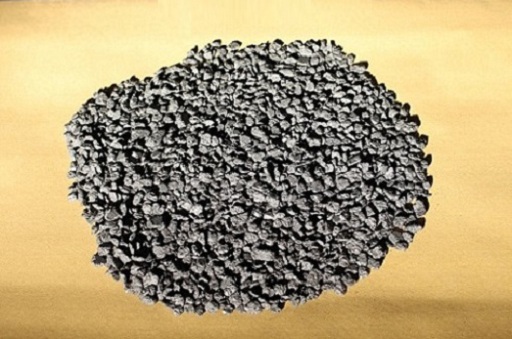Graphite Powder soft, dark gray; greasy feeling, can contaminate the paper. Hardness of 1 to 2, along the vertical direction with the increase in the hardness of the hardness can be increased to 3 to 5. Specific gravity of 1.9 to 2.3. In the isolated oxygen conditions, the melting point of more than 3000 ℃, is one of the most resistant minerals. At room temperature, the chemical properties of Graphite powder is relatively stable, insoluble in water, dilute acid, dilute alkali and organic solvents; materials with high temperature conductive properties, do refractory materials, conductive materials, wear-resistant lubricating materials.
Graphite powder is widely used, according to its different use, we can be divided into the following categories of graphite powder
1. Scale graphite powder
Flake Graphite powder is the most widely used, but also processed into other graphite powder of the original material, scaly graphite powder specifications from 32 to -12000 mesh range, scaly graphite powder toughness is good, with good thermal conductivity and corrosion resistance, can be used as refractory Materials, wear-resistant lubricating materials, conductive materials, casting, Fansha, die and high temperature metallurgical materials
2. Colloidal Graphite powder
Colloidal graphite is formed by the average dispersion of graphite particles below 2u meters in an organic solvent. Colloidal graphite is a viscous suspension of black filaments. Colloidal graphite powder with high quality Natural Flake Graphite performance, in high temperature conditions with special oxidation resistance, self-lubricating and plasticity, at the same time with good conductivity, thermal conductivity and adhesion, mainly used in sealing, metallurgical stripping and other industries
3. Ultrafine graphite powder
Ultrafine graphite powder specifications are generally between 8000 mesh -10000 mesh, mainly used in powder metallurgy release agent, the production of graphite crucible, the battery anode and make conductive materials additives
Nano-graphite powder main specifications for the D30 50 100 400 nm, nano-graphite powder process is more complex, low production rate, so relatively high prices, mainly used in anti-corrosion coatings, lubricants additives, grease additives, precision graphite seal And other industries, in addition, nano-graphite powder in scientific research institutions also has a high application value
5, High Purity Graphite powder

Graphite Powder
Graphite Powder,Nano-Graphite Powder,Graphite Carbon,Carbon Brush For Graphite Powder
Fengcheng Ruixing Carbon Products Co., Ltd , http://www.lnfcrxts.com